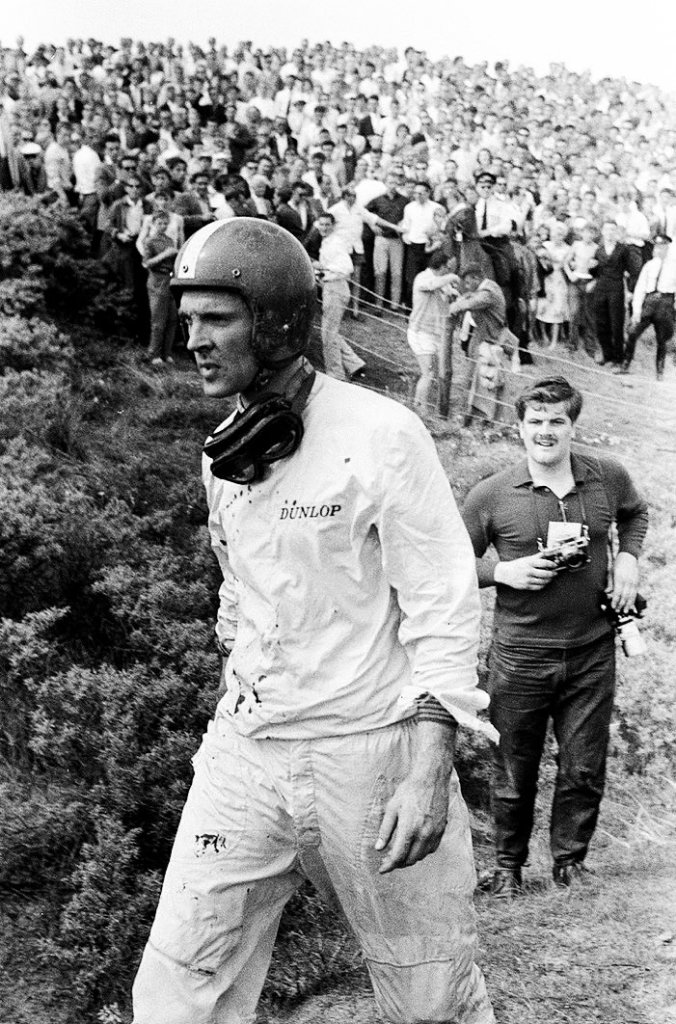The Cruel Sport: Victory and Death at the 1960 Dutch Grand Prix
It was only the hand of fate that saw Dan Gurney and Petrus Johannes Maria Alders cross paths.
Little is known of Alders. Even his name is unclear. Some sources say he went by Peter, others Jan.
What is known is that on June 6, 1960, the 19-year old mechanic from Haarlem made his way to Zandvoort to watch the Dutch Grand Prix.
Perhaps he rode his bicycle there, like many others who travelled to the circuit amongst the sand dunes.
Gurney was also at Zandvoort that day, having qualified his BRM sixth the previous day.
The American had collected two podiums for Ferrari in 1959, but didn’t gel with Il Commendatore’s management style and was now looking to establish himself at BRM.
Like Alders, Gurney had worked as a mechanic—an artillery mechanic in the Korean War. At 19, Gurney had built and raced a 220km/h hot rod on the Bonneville Salt Flats. After returning from Korea, the love for cars he had developed in California’s hot rod scene only grew, and he would soon take up professional racing.
Unusually, the 1960 Dutch Grand Prix would be held on a Monday—June 6 being the ‘Whit Monday’ public holiday.
Rain had fallen in the morning, but by the time the race started at 3:15pm, the track was dry, the skies clear.
After starting sixth, Gurney made his way up to fifth. By the time he started his 11th lap he was half-a-minute behind the leaders.
At the same time, Alders had wandered into an unsighted, prohibited area in a dip on the outside of the fearsome Tarzanbocht corner.
Unbeknownst to Alders, a pipe to Gurney’s rear brakes had failed. When he hit the brakes into Tarzan, the fronts locked up, and the BRM speared ahead through the fence at 140mph. It somersaulted over a dune, crashed into a group of spectators including Alders, before landing upside down.
Gurney crawled out of the wreck, his ribs torn, an arm broken. But he had survived, at a time when survival was like winning a lottery.
A photo taken shortly after shows a grim-faced Gurney walking away, blood splattered on his overalls.

Alders was less fortunate. A blanket was placed over the critically-injured Dutchman, and he was taken to nearby Santpoort hospital. He would pass away that evening.
Of course, the race kept going, with Jack Brabham winning as the young man lay dying. Denis Jenkinson’s race report for Motorsport Magazine makes no mention of the fatality.
Perhaps in the violence of the era it was simply not seen as significant or remarkable enough.
Journalist Robert Daley would write three years later that “in only five races between the years 1953 and 1961, 125 people lost their lives,” adding that despite the dangers “onlookers press ever closer to the track”.
Daley wrote those words in his 1963 book, titled ‘The Cruel Sport’—the words Dan Gurney had uttered to him after that terrible day at Zandvoort.
- Aussie battler: Dick Johnson’s road to Bathurst victory - October 13, 2024
- Remembering Dave Walker 1941-2024 - July 17, 2024
- Ayrton and Roland, 30 years on - May 1, 2024







